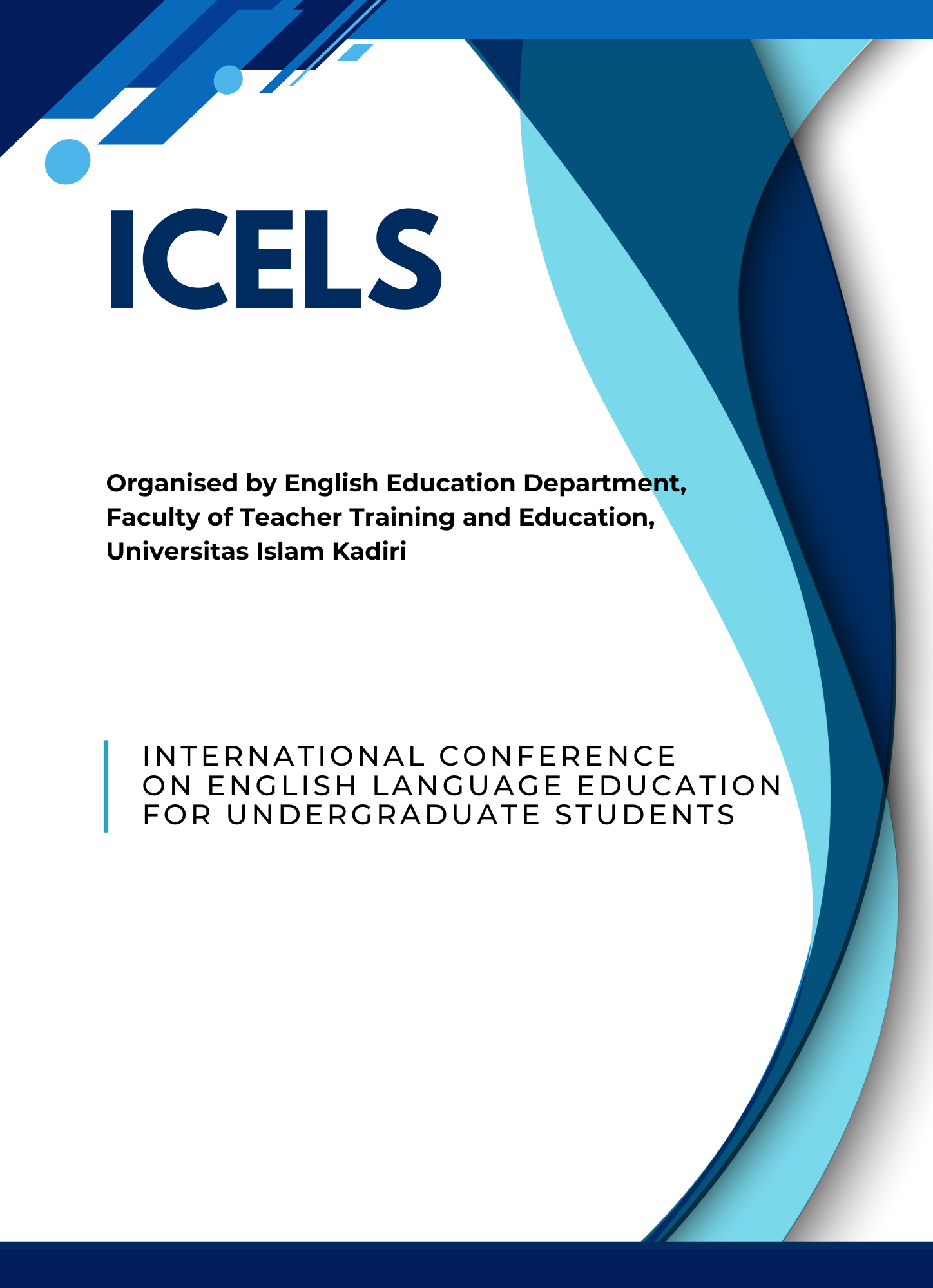Exploring Teacher Talk in the Classroom: A Discourse Analysis of Instructional Conversations
Abstract
This qualitative study examines the role of teacher talk in the English language classroom, focusing on the types of instructional conversations that occur between teachers and students. The research employed a discourse analysis approach, combining data from classroom observations and student interviews. The findings reveal that teacher talk plays a crucial role in shaping the learning environment, with dominant categories including asking questions, giving explanations, and providing feedback. The study highlights the importance of teacher talk in facilitating student participation and engagement, as well as its impact on the overall effectiveness of the teaching-learning process. The results also suggest that students perceive teacher talk as a key factor in their learning experience, with many students expressing a desire for more student-centered and interactive instructional conversations. This study contributes to our understanding of the complex dynamics of teacher talk in the classroom, providing insights for educators seeking to improve their instructional practices and enhance student outcomes. Positive reinforcement and constructive feedback are shown to encourage a growth mindset, fostering a more inclusive and participatory classroom environment. Additionally, the study highlights the balance teachers must maintain between managing classroom behavior and facilitating meaningful instructional conversations. The interviews with students provide valuable insights into their perceptions of teacher talk, emphasizing the importance of a supportive and communicative teacher-student relationship. Students report that effective teacher talk not only clarifies academic content but also builds their confidence and interest in the subject matter. By analyzing instructional conversations, it offers practical implications for improving teaching practices and enhancing student learning experiences. This research contributes to the broader discourse on educational communication, providing a foundation for future studies on teacher-student interactions in diverse educational settings.

